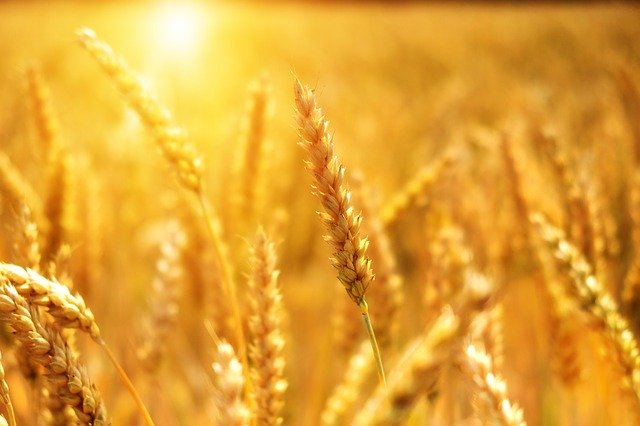
- Now that breadbasket is coming under pressure and sending prices for winter wheat futures soaring as escalating tensions between Russia and Ukraine stoke fears about disruption of key food exports and adding to already heightened inflationary pressures in the U.S. and Europe.
- Any potential disruption of Ukraine’s supply to the global markets could be disastrous for central banks having to contend with food costs that are already at a decade high amid strong demand and diminished stockpiles.
Over the centuries, Ukraine has changed hands multiple times.
Well before Stalin and Hitler coveted the black soils and natural resources of this rich land, the Poles and Mongols held sway over a vast swathe of territory that make up modern Ukraine, trading blood and treasure to control the breadbasket of Europe.
Now that breadbasket is coming under pressure and sending prices for winter wheat futures soaring as escalating tensions between Russia and Ukraine stoke fears about disruption of key food exports and adding to already heightened inflationary pressures in the U.S. and Europe.
Unnoticed by most consumers around the world, Ukraine is a powerhouse agricultural producer, home to a quarter of the global wheat trade and a fifth of corn exports, thanks to its fertile black soils rich in humus, phosphoric acid, phosphorus and ammonia, natural fertilizers for crops.
Ukraine is also a top sunflower seed oil originator and is a major exporter of barley and rapeseed.
Any potential disruption of Ukraine’s supply to the global markets could be disastrous for central banks having to contend with food costs that are already at a decade high amid strong demand and diminished stockpiles.
As the U.S. Federal Reserve prepares to end its monthly asset purchases in March and raise interest rates to combat the fastest pace of inflation in four decades, rising food prices may be the straw that breaks the camel’s back, forcing a far more aggressive tightening than markets have currently catered for.
Regardless, the task of baking bread has to continue, with data from the U.S. Department of Agriculture showing that global importers are already seeking alternative supplies to cater to potential supply disruptions.
So far, ships from the Black and Azov seas, the key hub for Ukrainian and Russian crop exports, have continued as usual, according to Kyiv-based consultant UkrAgroConsult.
Last year’s bumper Ukrainian harvest may also provide some buffer to replenish depleting granaries, which suggests that the recent price hikes in food futures may have more to do with speculation and traders than with supply-side issues.
Although that could change in a heartbeat, depending on what the Kremlin does next.



